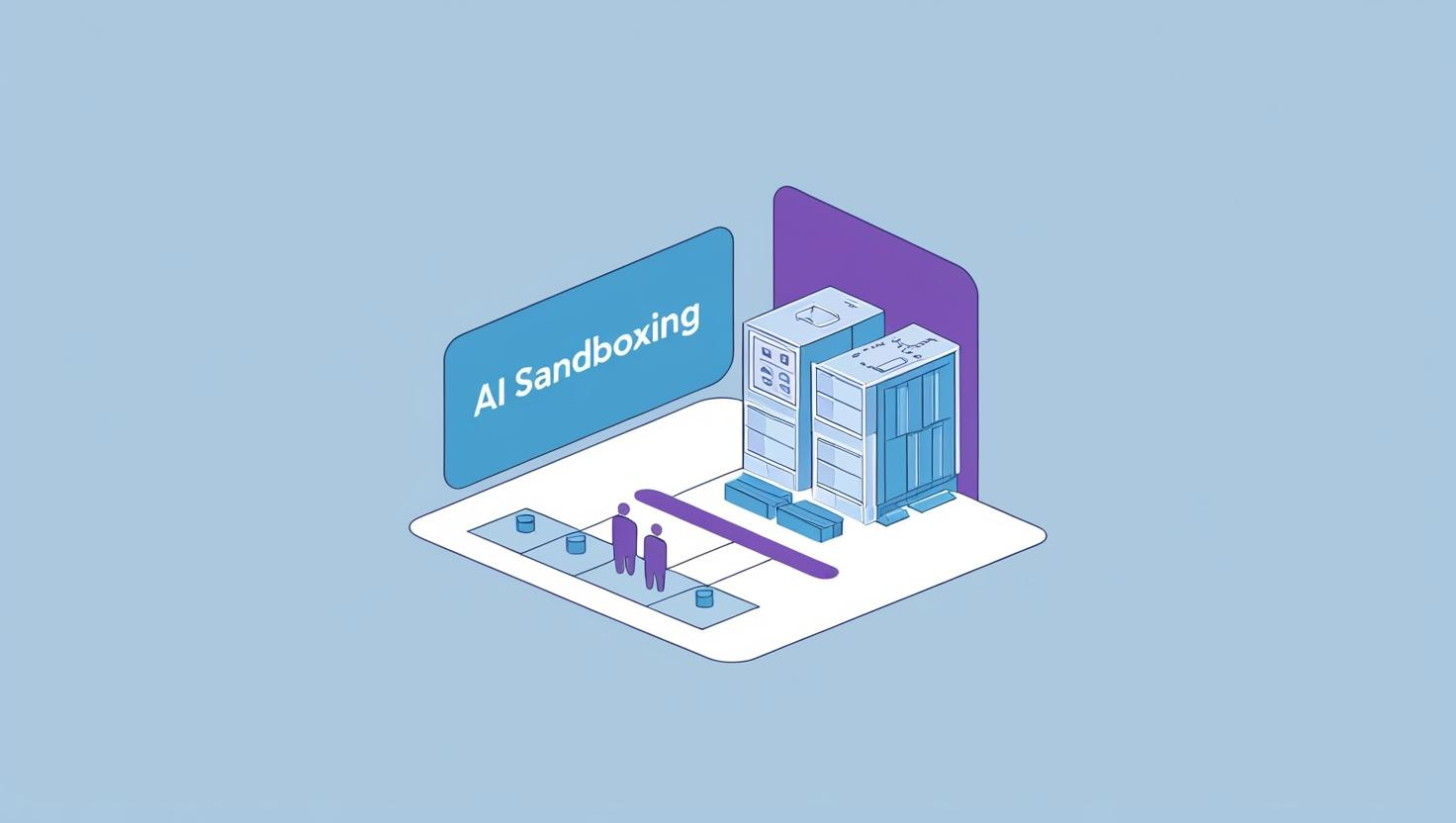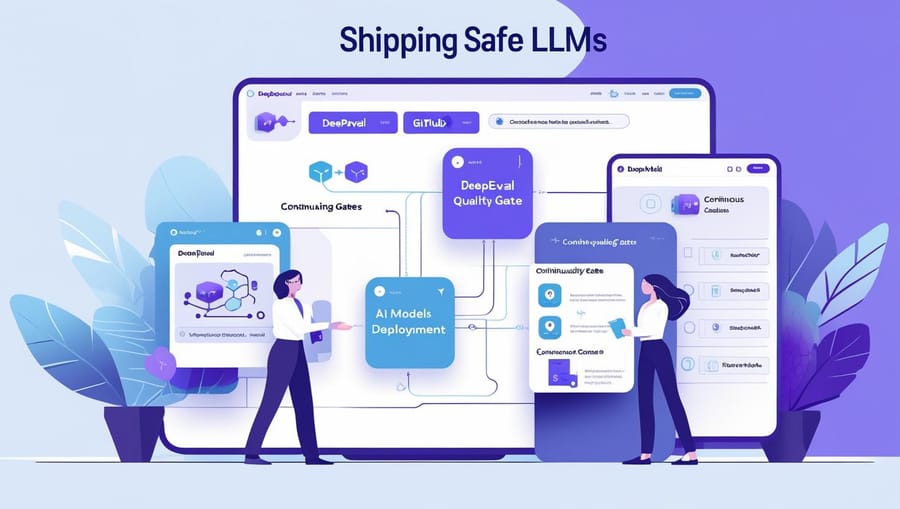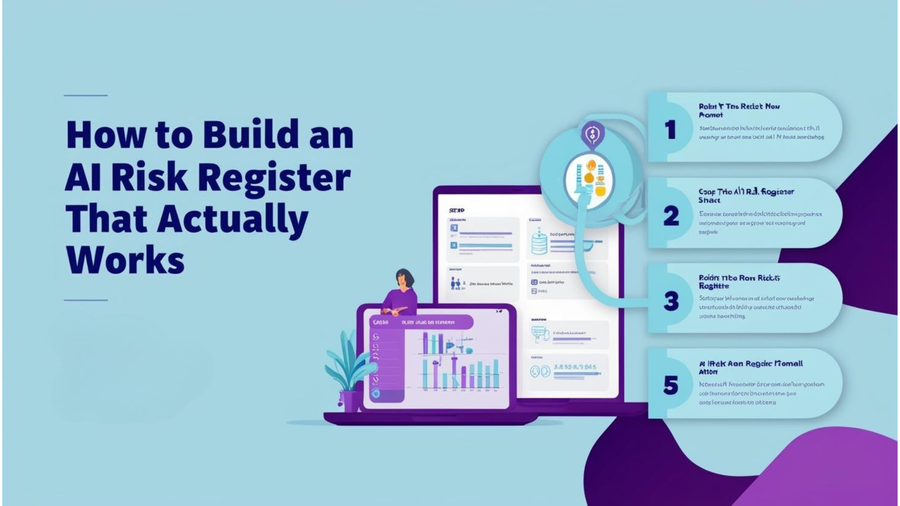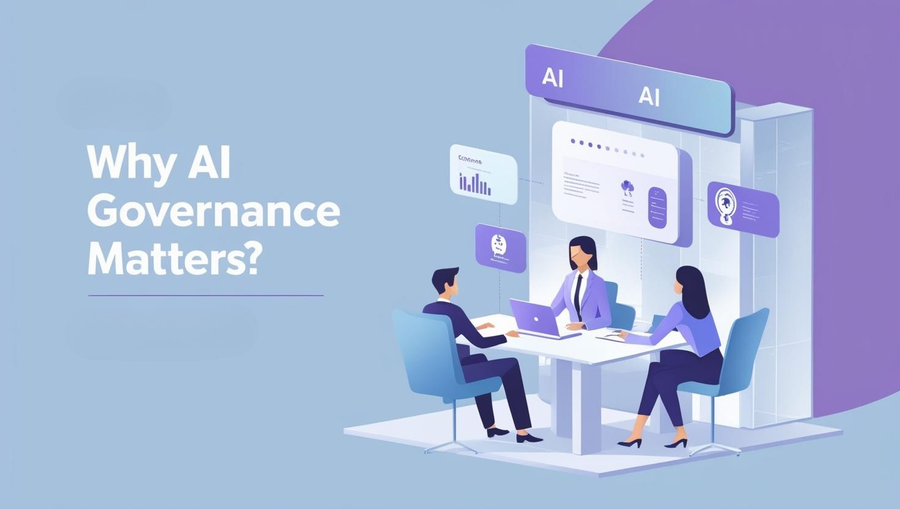AI is transforming industries—but are we building with guardrails or running with scissors?
In 2025, AI governance isn’t optional—it’s a business imperative. Regulatory frameworks like the EU AI Act, NIST AI RMF, and ISO/IEC 42001 are crystallizing. Risk executives and compliance leaders are being asked not just how AI works—but how it’s controlled.
Enter AI sandboxing—a structured, risk-managed environment where AI models are stress-tested, evaluated, and validated before real-world deployment.
What Is AI Sandboxing?
AI sandboxing creates a controlled environment that mimics real-world conditions—without the real-world consequences. It allows organizations to:
- Evaluate AI performance across demographics and use cases
- Detect bias, drift, and data leakage
- Validate AI against regulatory obligations
- Experiment safely while documenting oversight
Analogy: The AI Wind Tunnel
Think of AI sandboxing like a wind tunnel for airplanes. Before an aircraft ever carries passengers, it's placed in a wind tunnel—an isolated space to simulate flight conditions, test stress responses, and optimize performance. It’s where failure is informative, not catastrophic.
Likewise, AI sandboxing gives you insight, not incidents.
Why Sandboxing Matters More Than Ever
- Regulators expect it: The EU AI Act explicitly promotes regulatory sandboxes to guide safe innovation for high-risk AI.
- Customers demand trust: Enterprises selling AI need evidence of control to win procurement deals.
- AI is unpredictable: Hallucinations, bias, and misalignment aren’t bugs—they’re risks that need containment before scale.
Learning from Regulators: Sandbox Strategies That Work
FCA (UK Financial Conduct Authority)
The FCA pioneered the concept of regulatory sandboxes in fintech—now emulated globally. Their AI guidance emphasizes:
- Proportional oversight based on risk tiering
- Collaboration-first approach with innovators
- Safe experimentation under regulatory supervision
AI-driven startups participating in the FCA sandbox—particularly in fraud detection and robo-advisory—scaled faster with regulatory confidence.
EU AI Act Regulatory Sandboxes
The EU AI Act mandates regulatory sandboxes for high-risk AI, offering supervised environments to validate safety and compliance. These sandboxes:
- Operate with ethics-by-design principles
- Require transparency, oversight, and thorough documentation
- Function as evidence hubs for future audits and certifications
Sandboxes here aren’t loopholes—they’re launchpads.
Use Cases Across Industries
Healthcare
A diagnostics company tested an AI model in a sandbox using historical radiology scans. It identified race-based disparities in accuracy. The sandbox allowed them to retrain and add clinician oversight, aligning with FDA and GDPR requirements.
Finance
A global bank sandboxed its credit scoring model using synthetic data. This surfaced biases toward self-employed applicants—triggering a redesign and a documented audit trail for compliance reviews.
HR Tech
An enterprise platform sandboxed an LLM-based interview scoring tool. The team uncovered inconsistencies tied to accents and tone. By integrating explainability and human review, they reduced bias risks and improved compliance readiness.
Navigating Practical Challenges in AI Sandboxing
Even the best sandboxing strategies encounter friction. Here are common challenges—and how leaders are overcoming them.
1. Defining Success Criteria
Teams lack clarity on “pass/fail” thresholds.
Solution:
- Align with NIST RMF dimensions (fairness, robustness, accountability)
- Co-create risk benchmarks with compliance and legal teams
- Document trade-offs via model cards or decision logs
2. Data Limitations
Synthetic or masked data often excludes real-world edge cases.
Solution:
- Augment test sets with diverse user profiles
- Use controlled real data under strict privacy protocols
- Continuously validate with live feedback loops
3. Cross-Functional Misalignment
Engineering views sandboxing as a bottleneck, while compliance sees it as a necessity.
Solution:
- Integrate sandboxing into MLOps workflows from the start
- Set shared KPIs (e.g., "bias remediation rate")
- Employ governance platforms with role-based dashboards for holistic visibility
4. Documentation Fatigue
Sandbox logs can be voluminous and disconnected from audit requirements.
Solution:
- Automate evidence capture using AI governance tooling
- Maintain a “sandbox logbook” of key decisions, data changes, and outcomes
- Summarize results in a Trust Center for auditors and stakeholders
5. Regulatory Change Velocity
What’s compliant today might not be next quarter.
Solution:
- Map sandbox practices to multiple frameworks (EU AI Act, NIST, ISO 42001)
- Design sandbox workflows that can be adapted quickly
- Stay current via legal/regulatory monitoring or advisory partnerships
Embedding Sandboxing into AI Governance
AI sandboxing delivers real value when it’s part of a broader risk management and compliance strategy. Moving from theory to practice requires more than a one-off sandbox exercise—it’s about building repeatable processes that enhance both innovation and accountability.
- Risk-Based Triggers: Define thresholds (e.g., model complexity, potential impact) that mandate sandbox testing.
- Iterative Assessments: Don’t let sandboxing be a final checkbox; integrate it at every major development milestone.
- Stakeholder Collaboration: Engage compliance, data privacy, and legal teams early to shape success metrics and review outcomes.
- Actionable Documentation: Use AI governance solutions that auto-capture logs, generate compliance reports, and unify evidence under one roof.
- Continuous Improvement Loop: Feed sandbox findings back into model training, policy updates, and your overarching risk framework.
Cognitiveview's AI Governance platform can help orchestrate this process, offering:
- Structured AI self-assessments aligned with NIST, EU AI Act, and ISO
- Policy creation and version control for streamlined compliance
- A governance co-pilot to answer risk questions in real time
- A Trust Center to transparently share sandbox outcomes and audits with external stakeholders
Final Thoughts: Don’t Let AI Launch Blind
In an era where a single algorithmic decision can affect health, employment, or credit, sandboxing isn’t optional. It’s how responsible AI is born.
The smartest compliance leaders aren’t just reviewing models post-launch—they’re co-piloting from day one.
The real question isn’t “Should we sandbox?” It’s “How fast can we start?”






